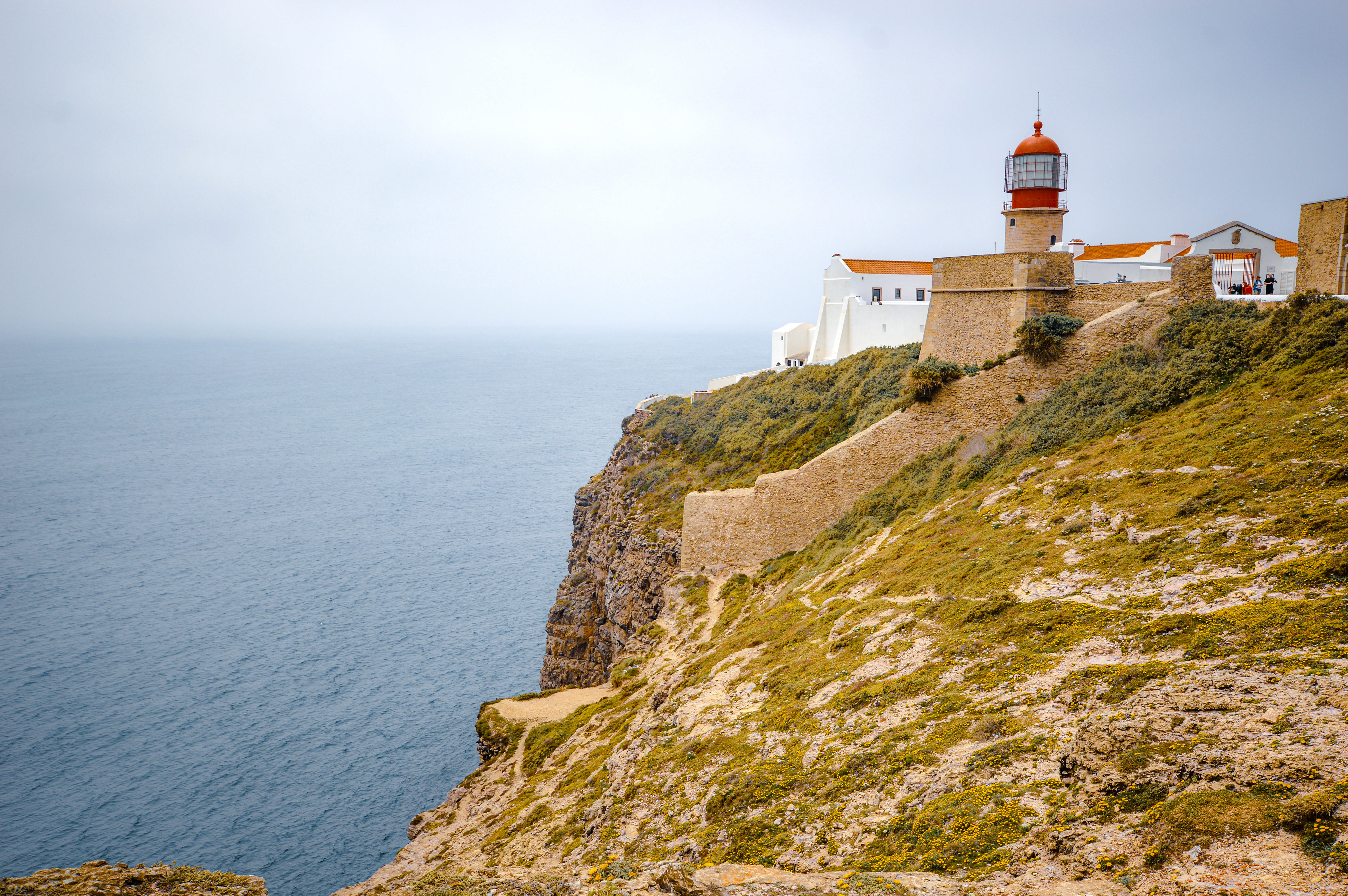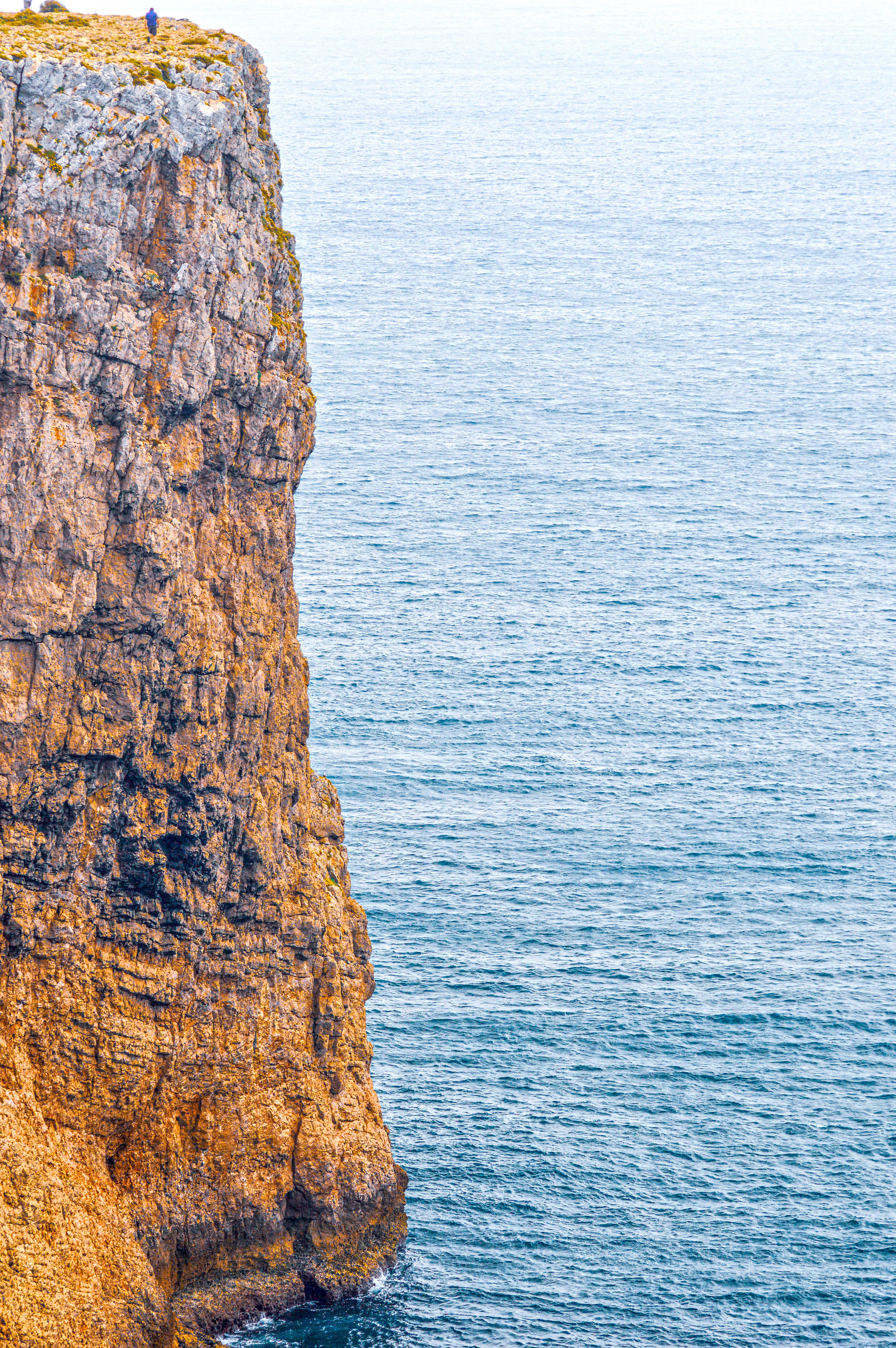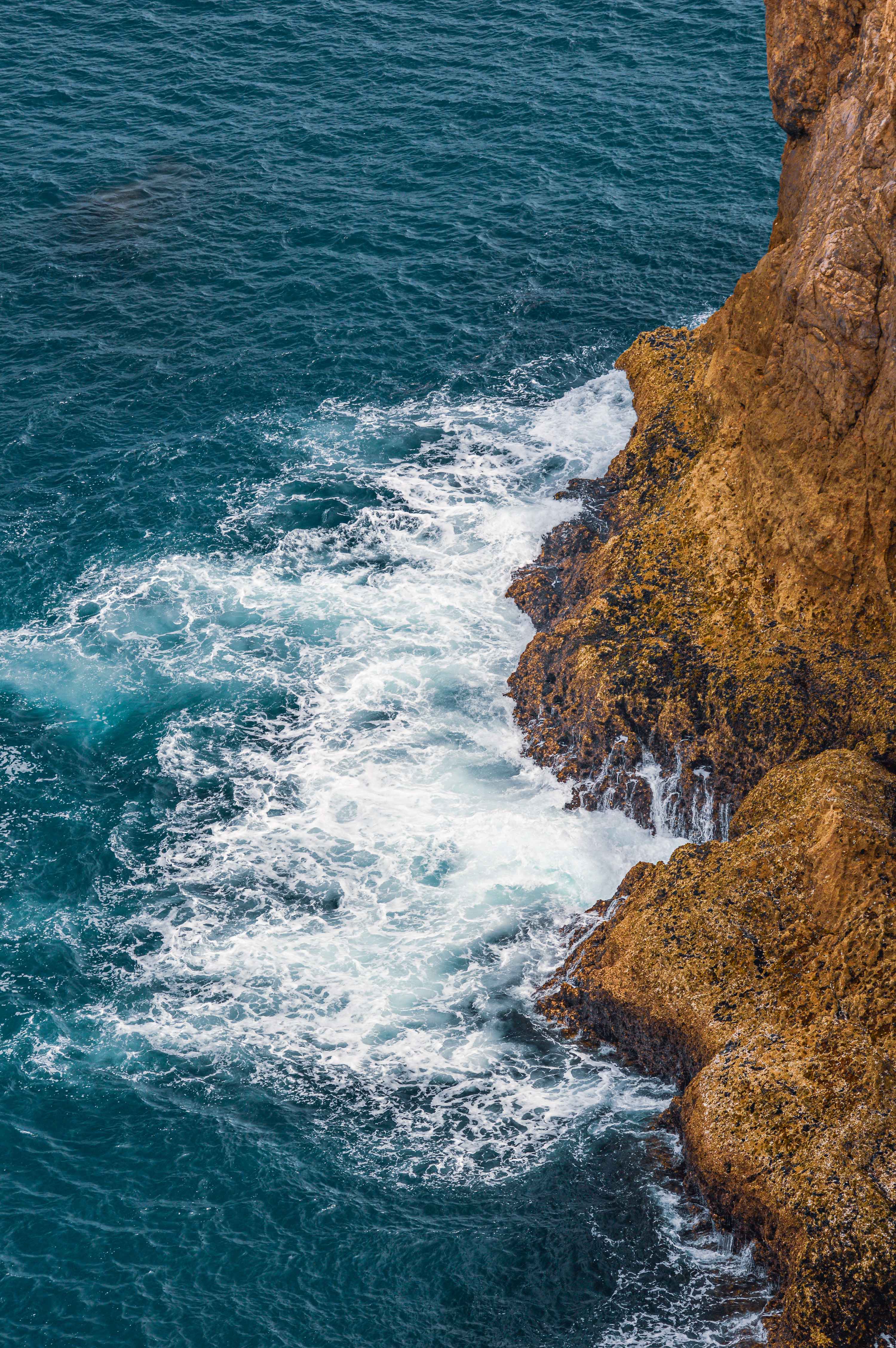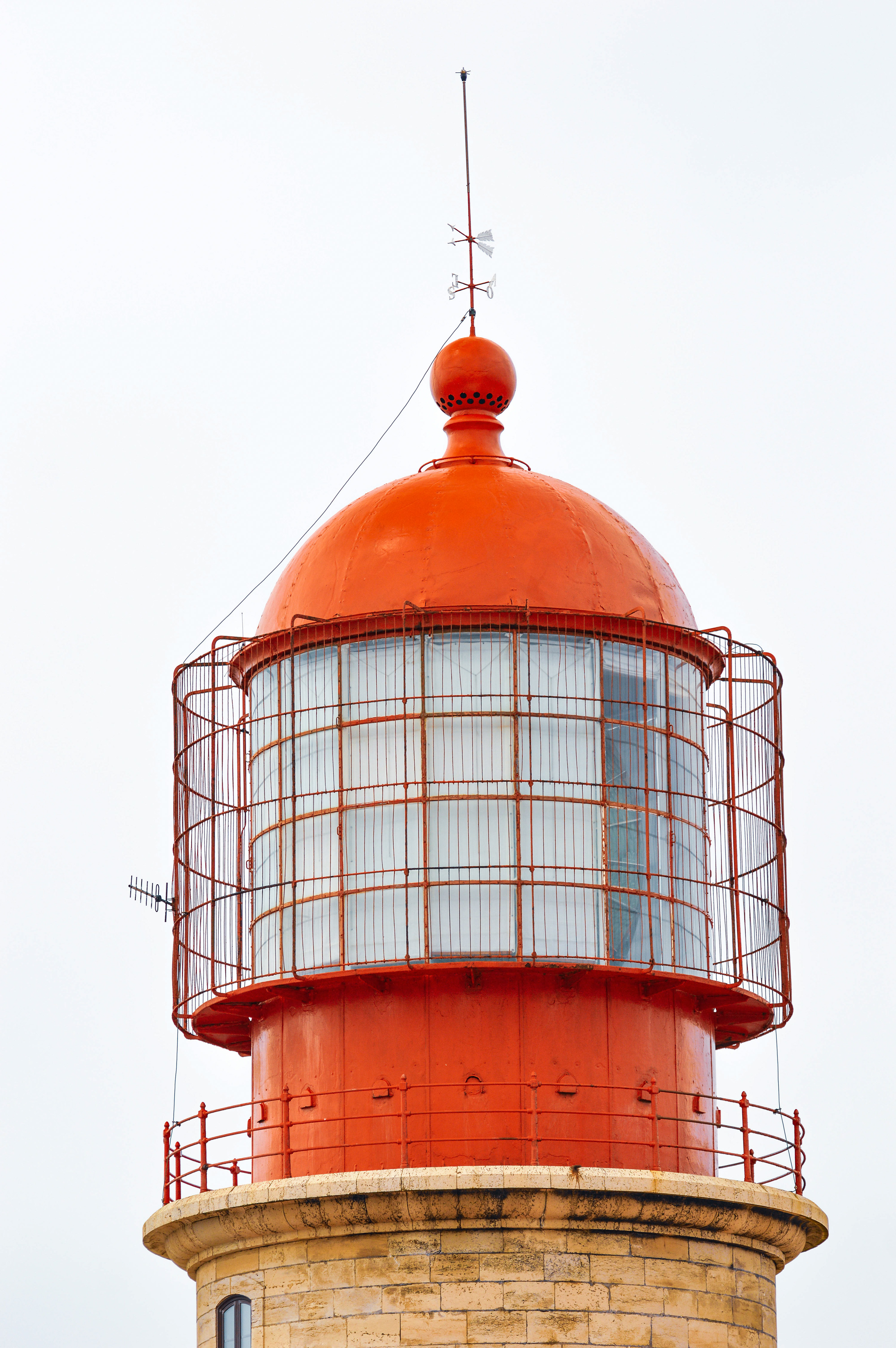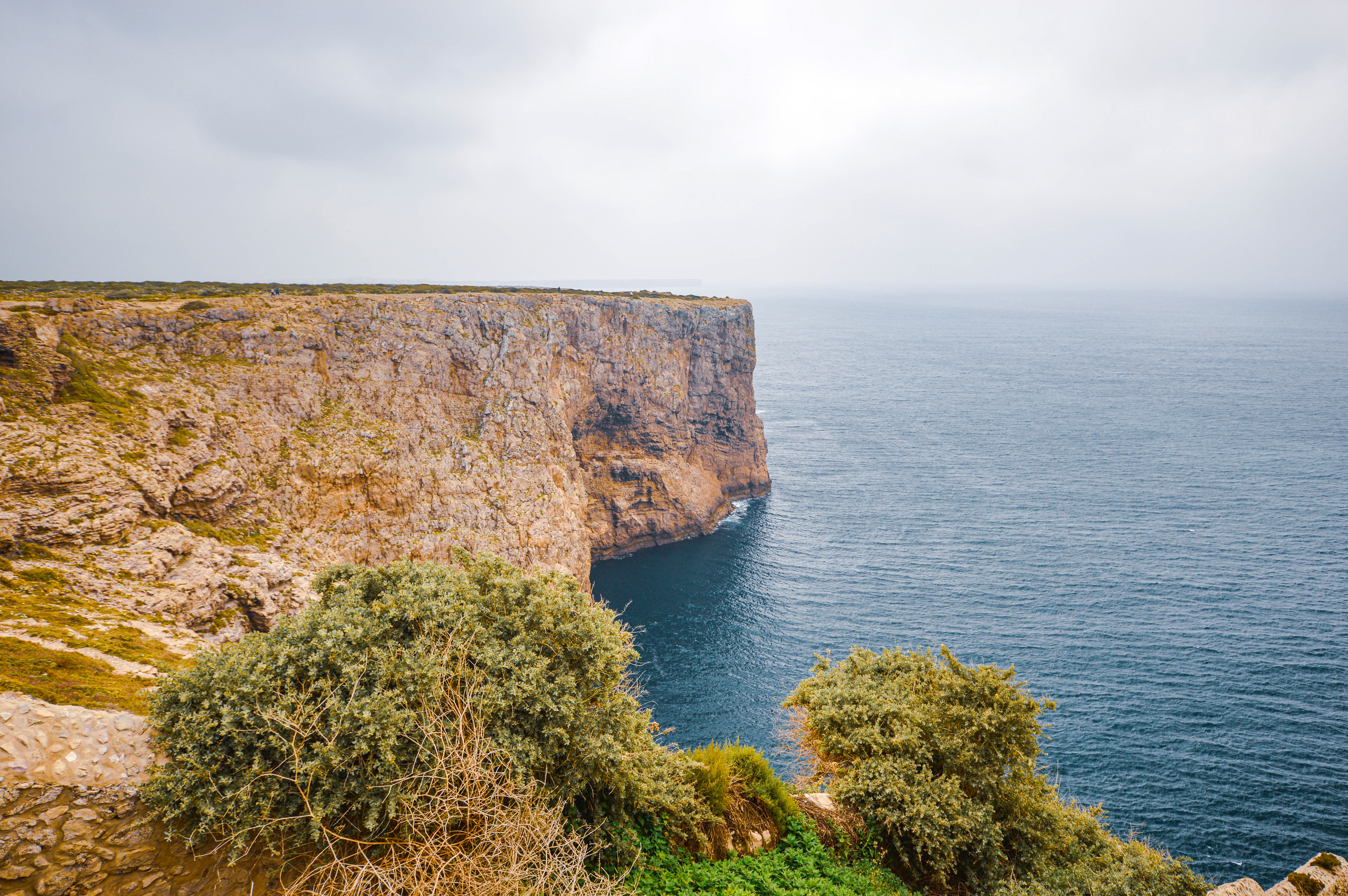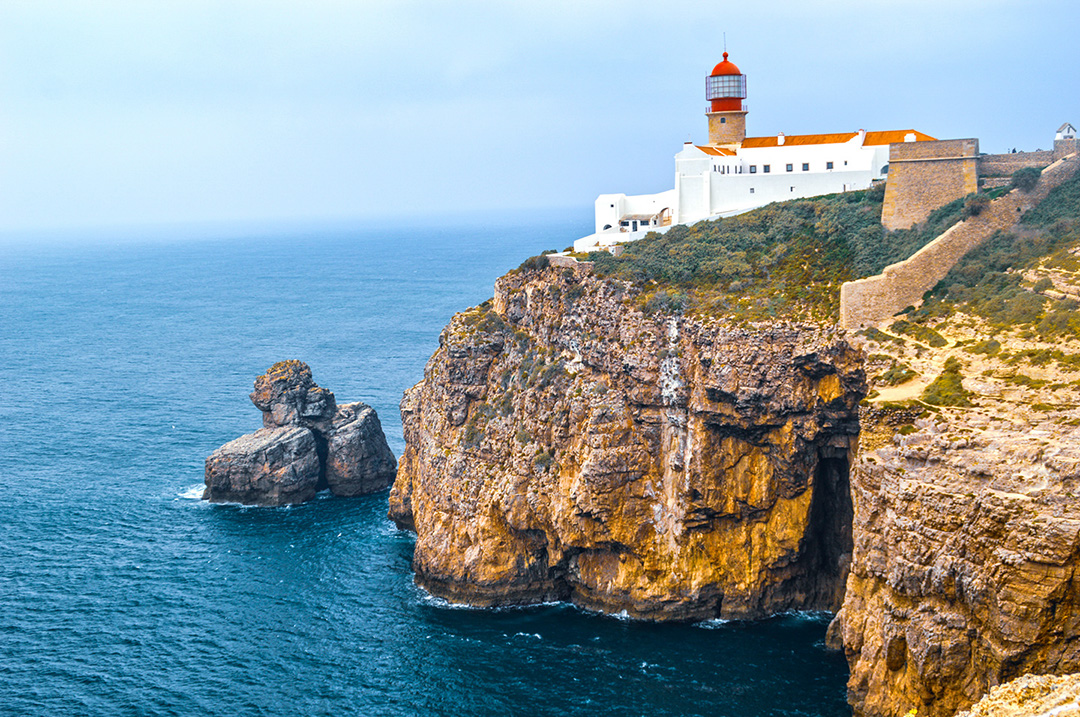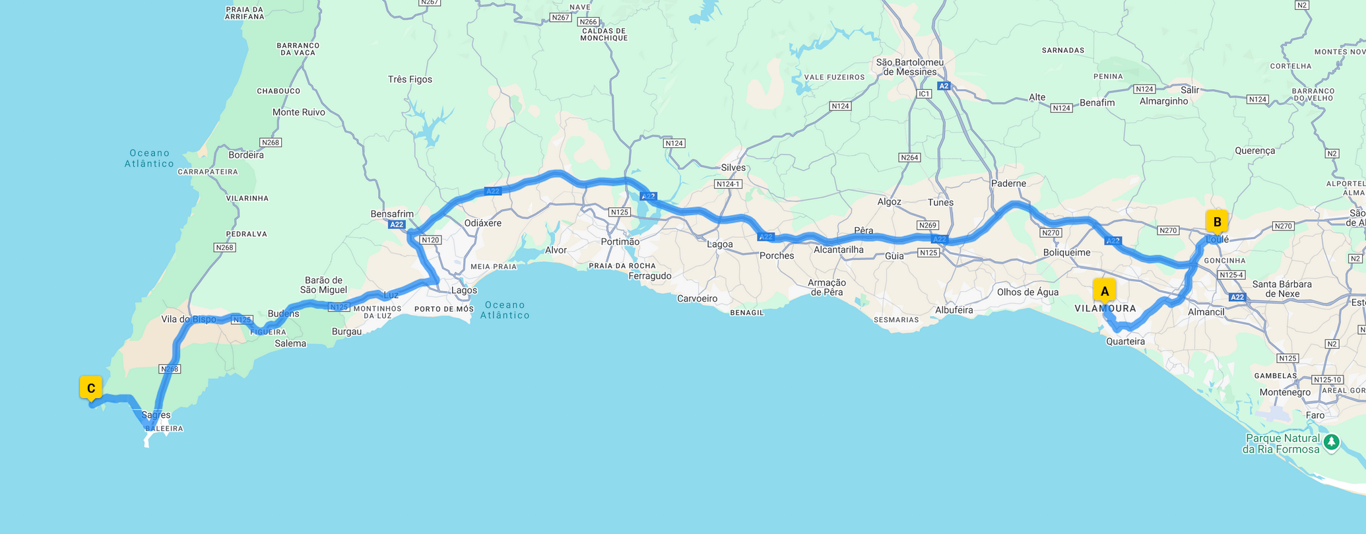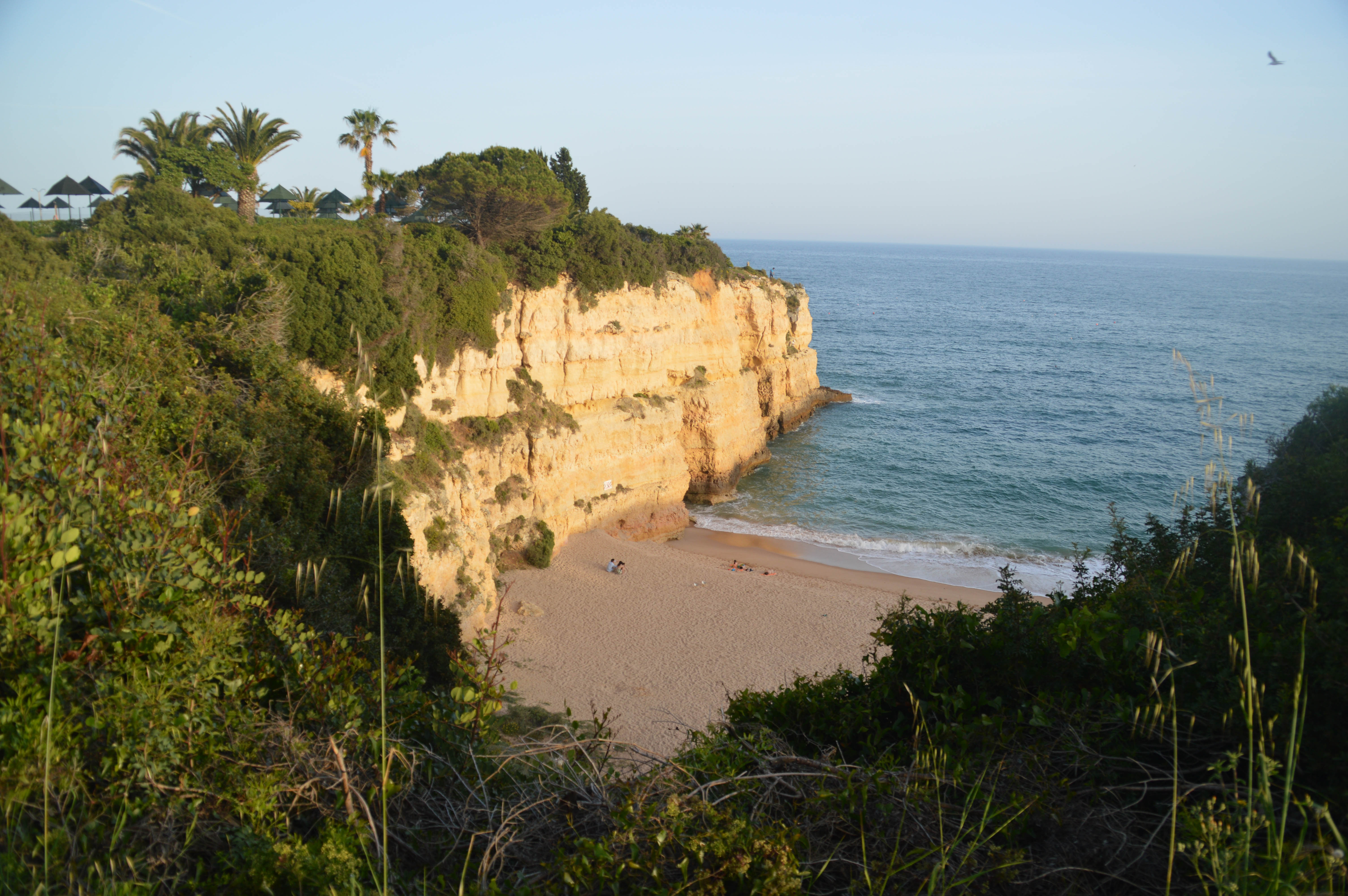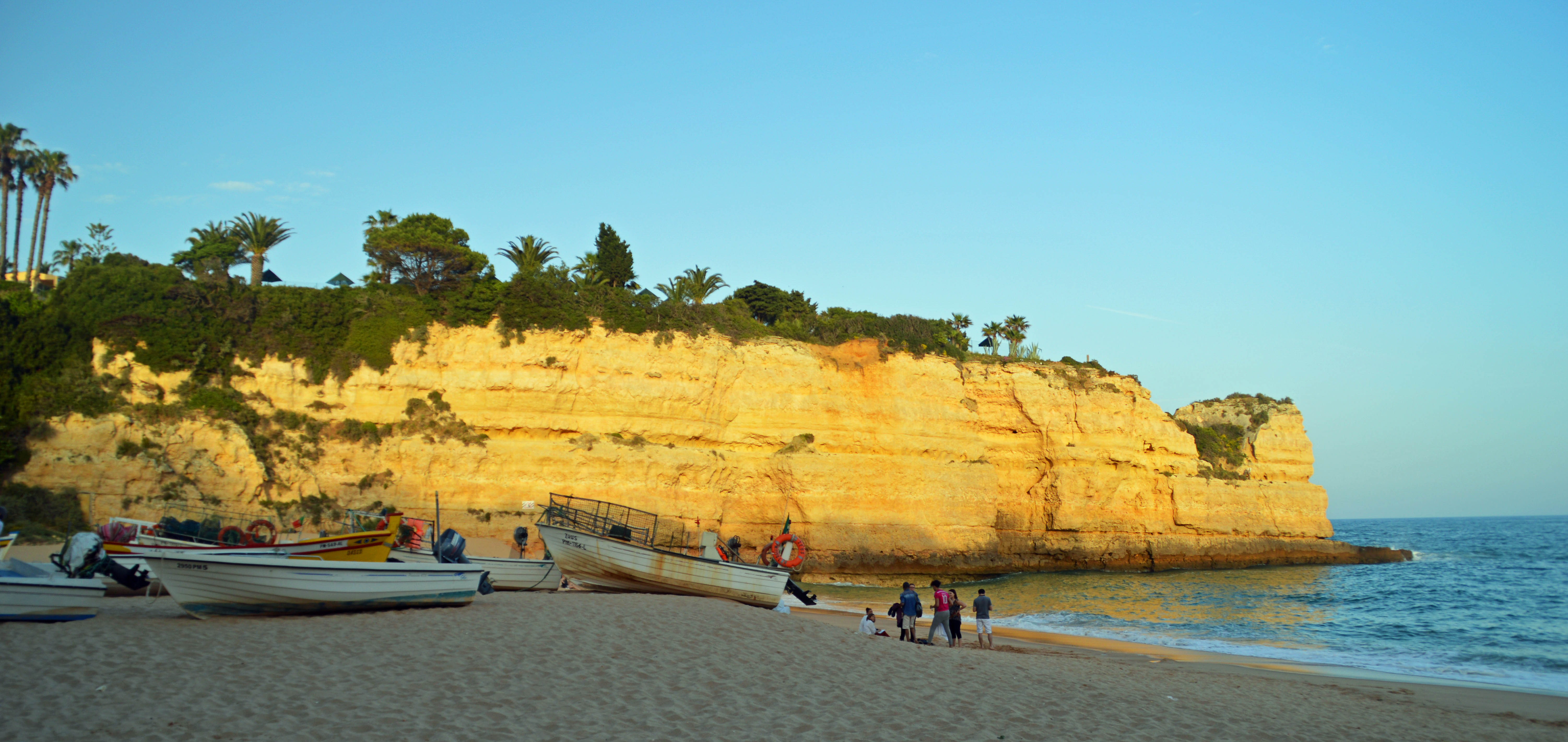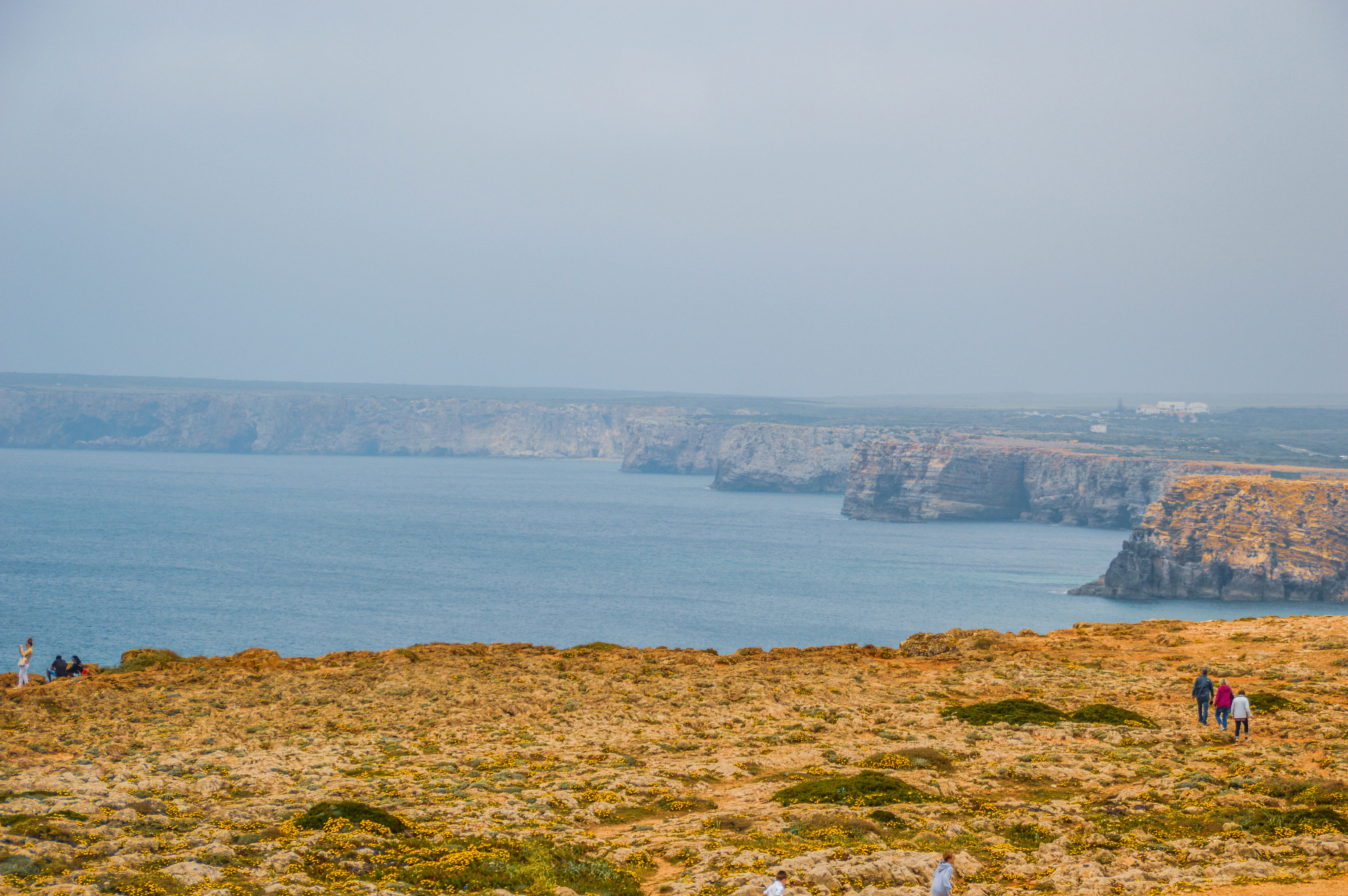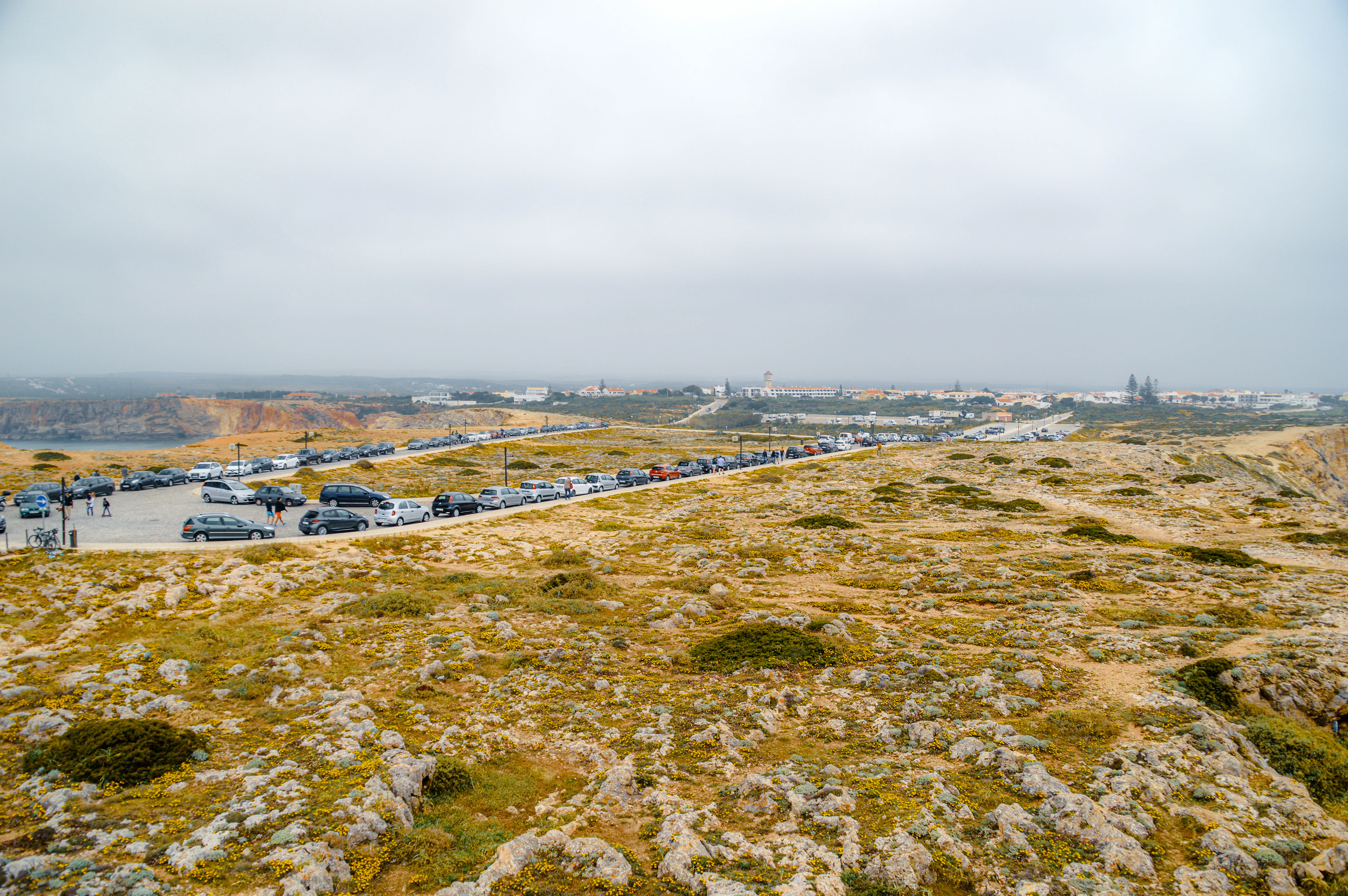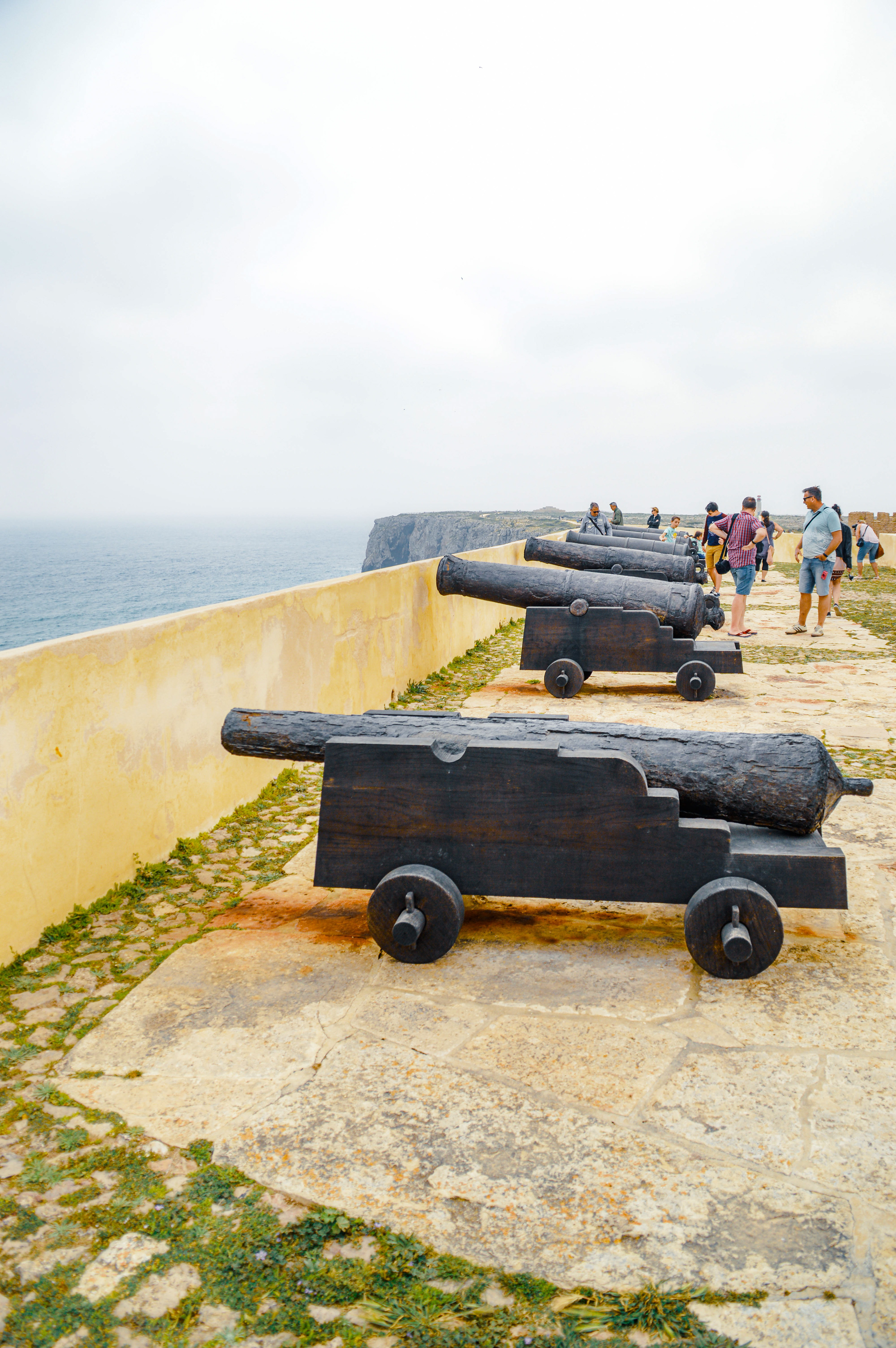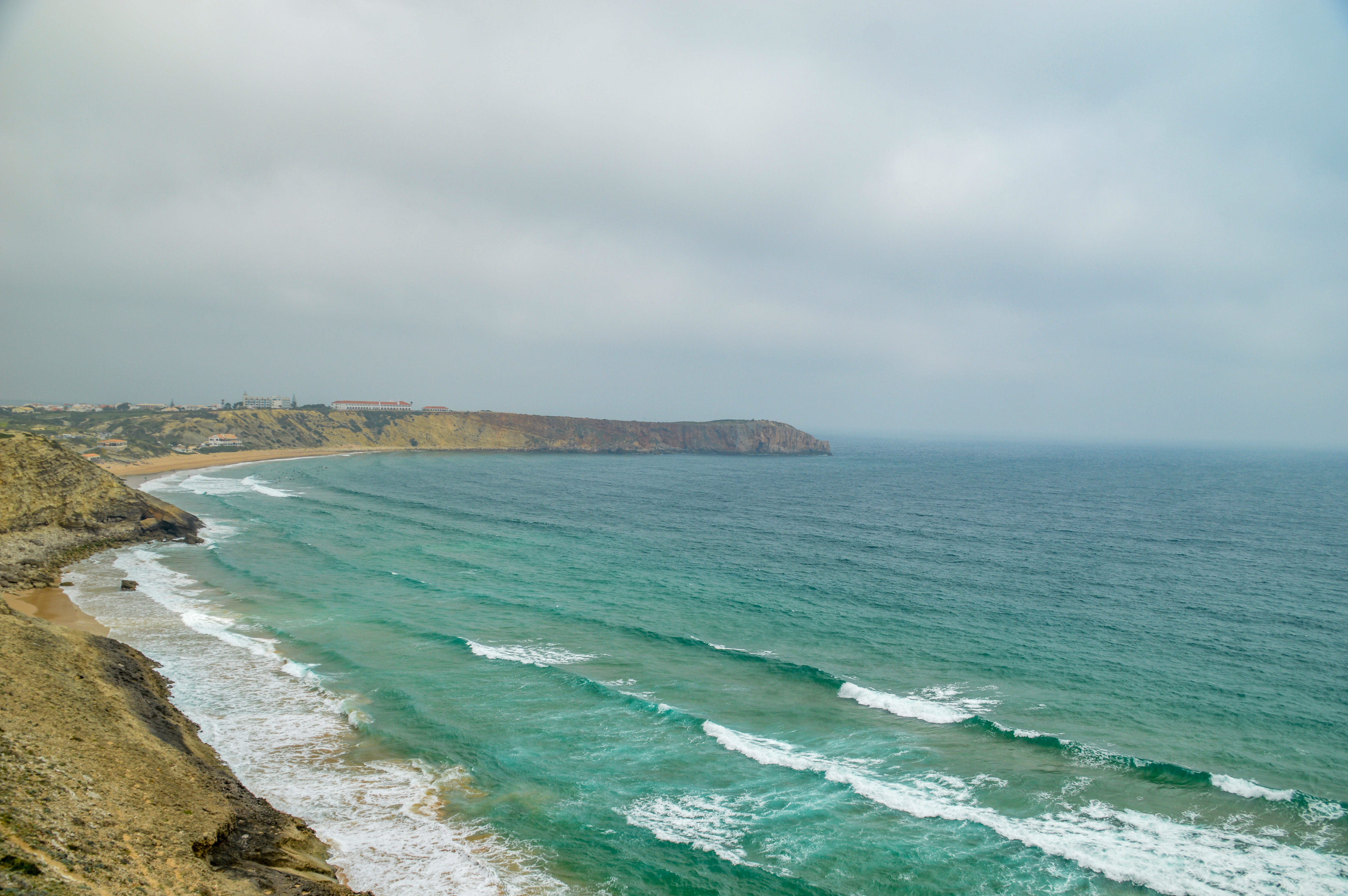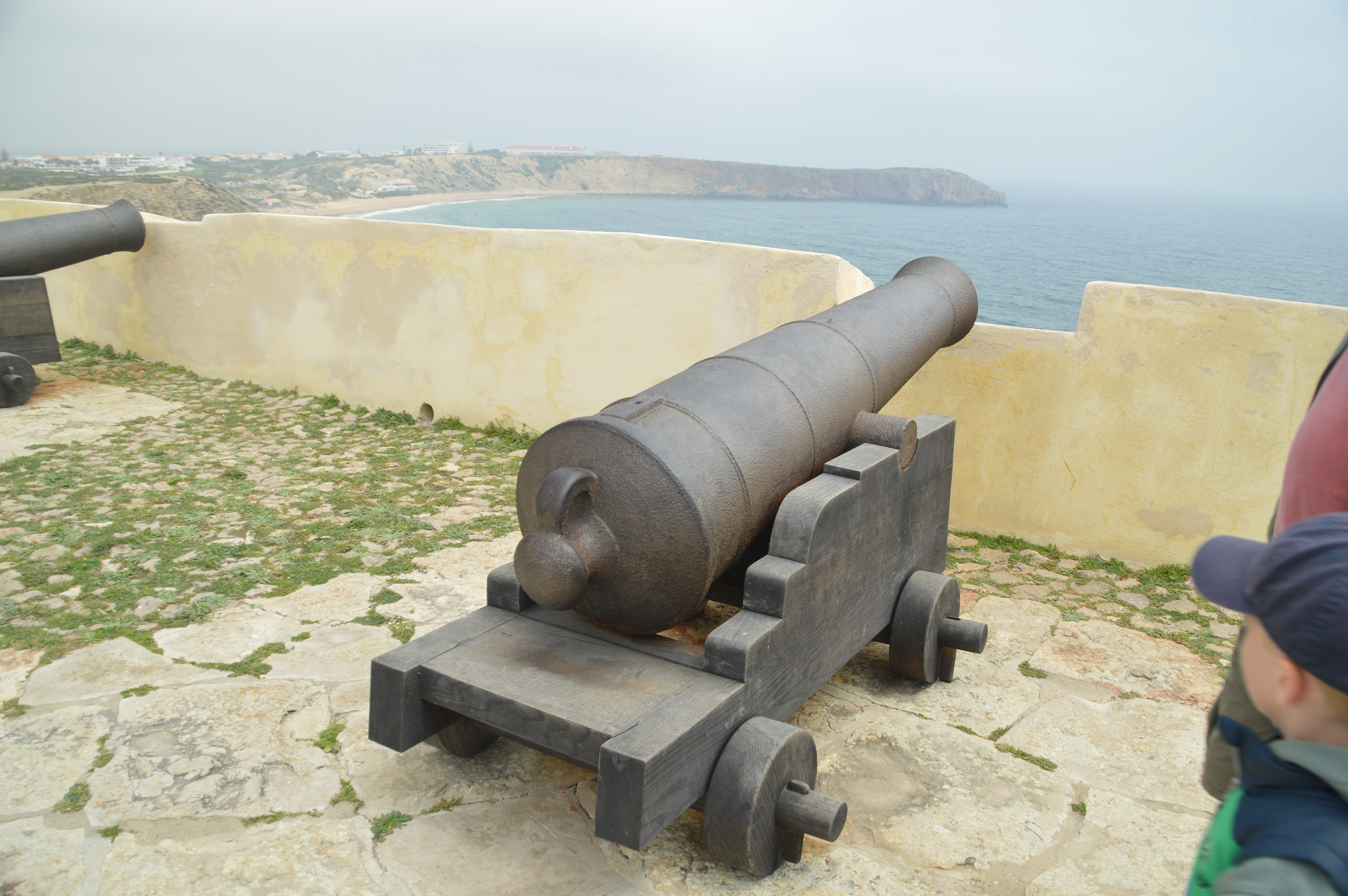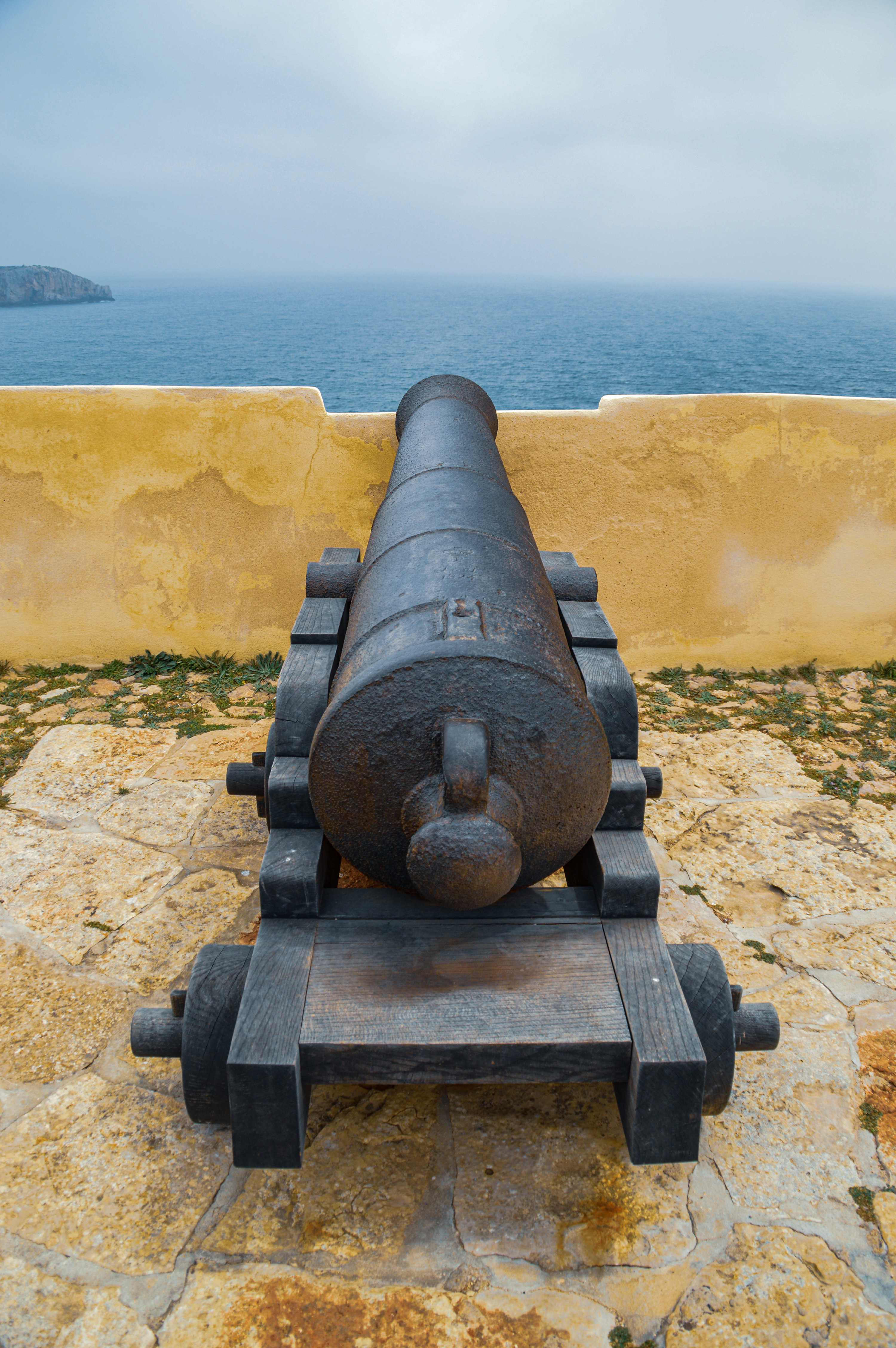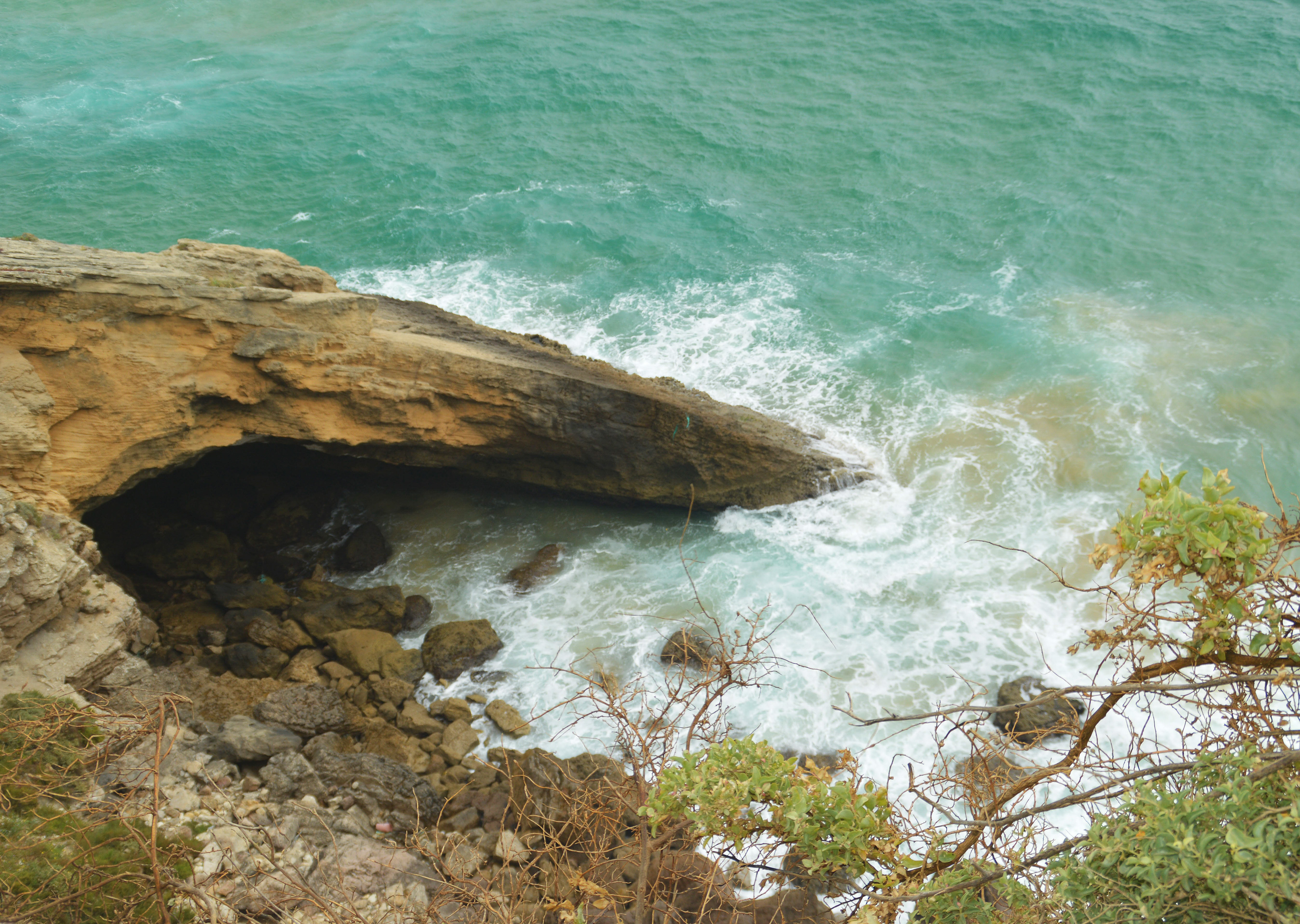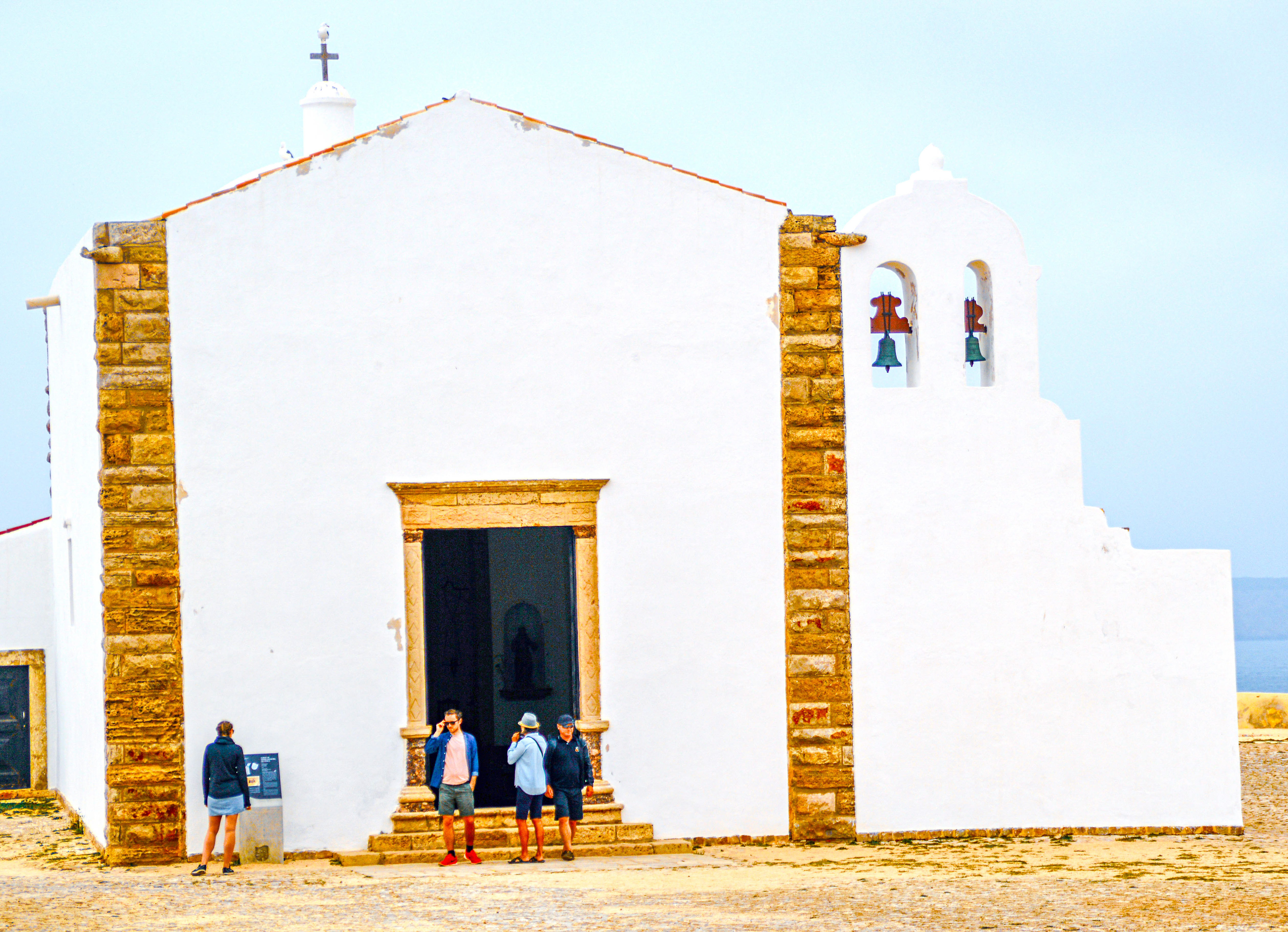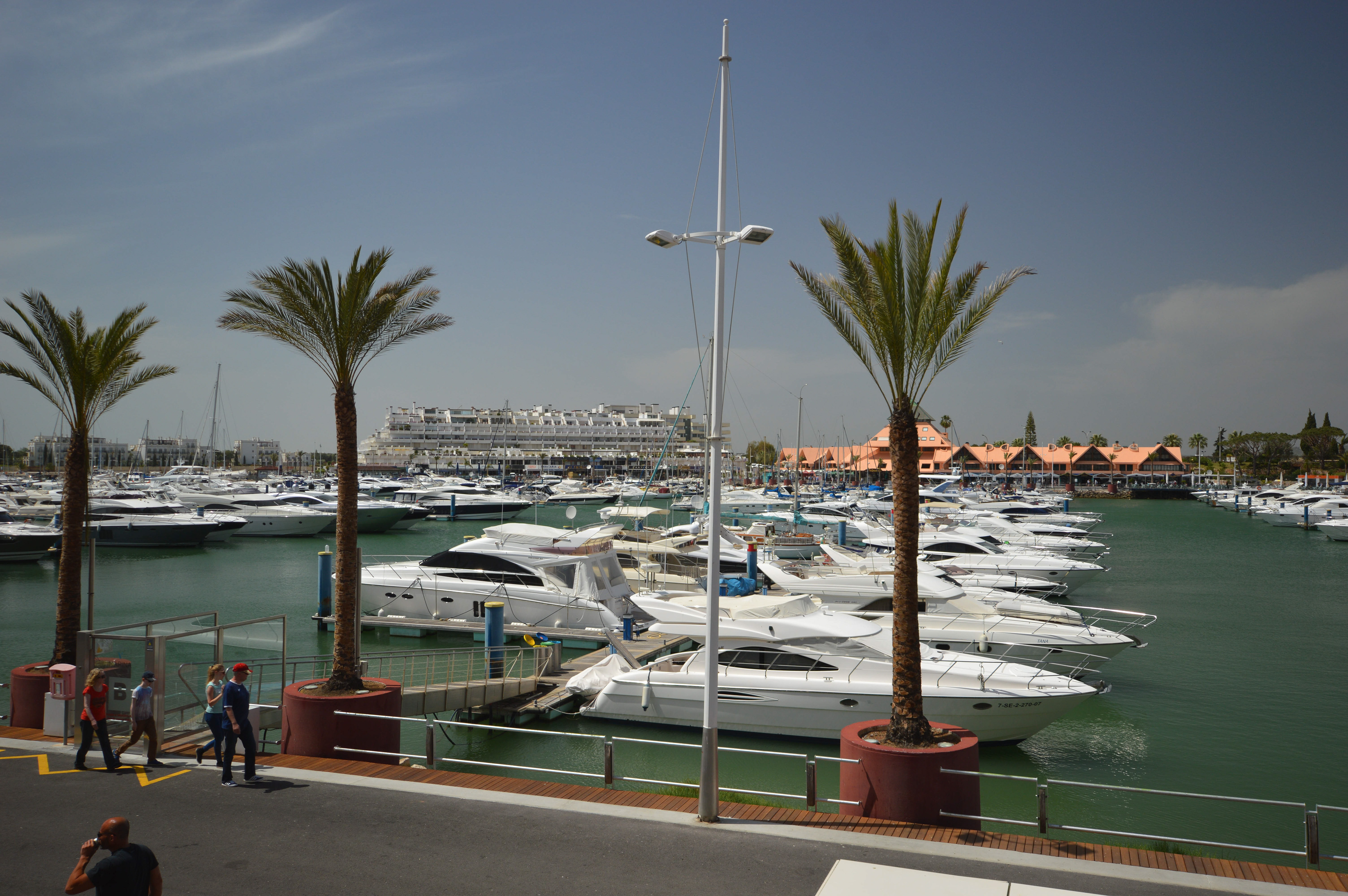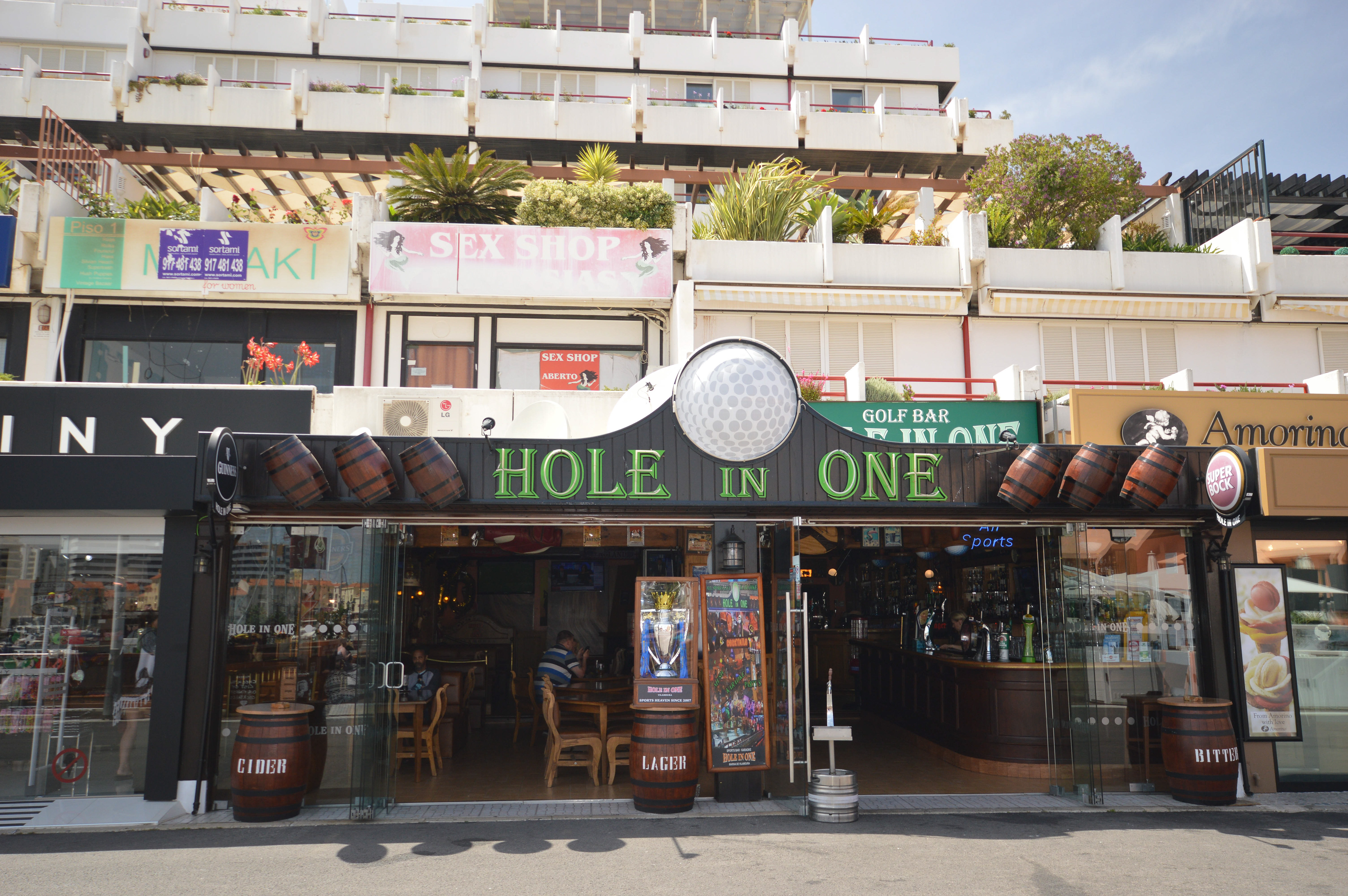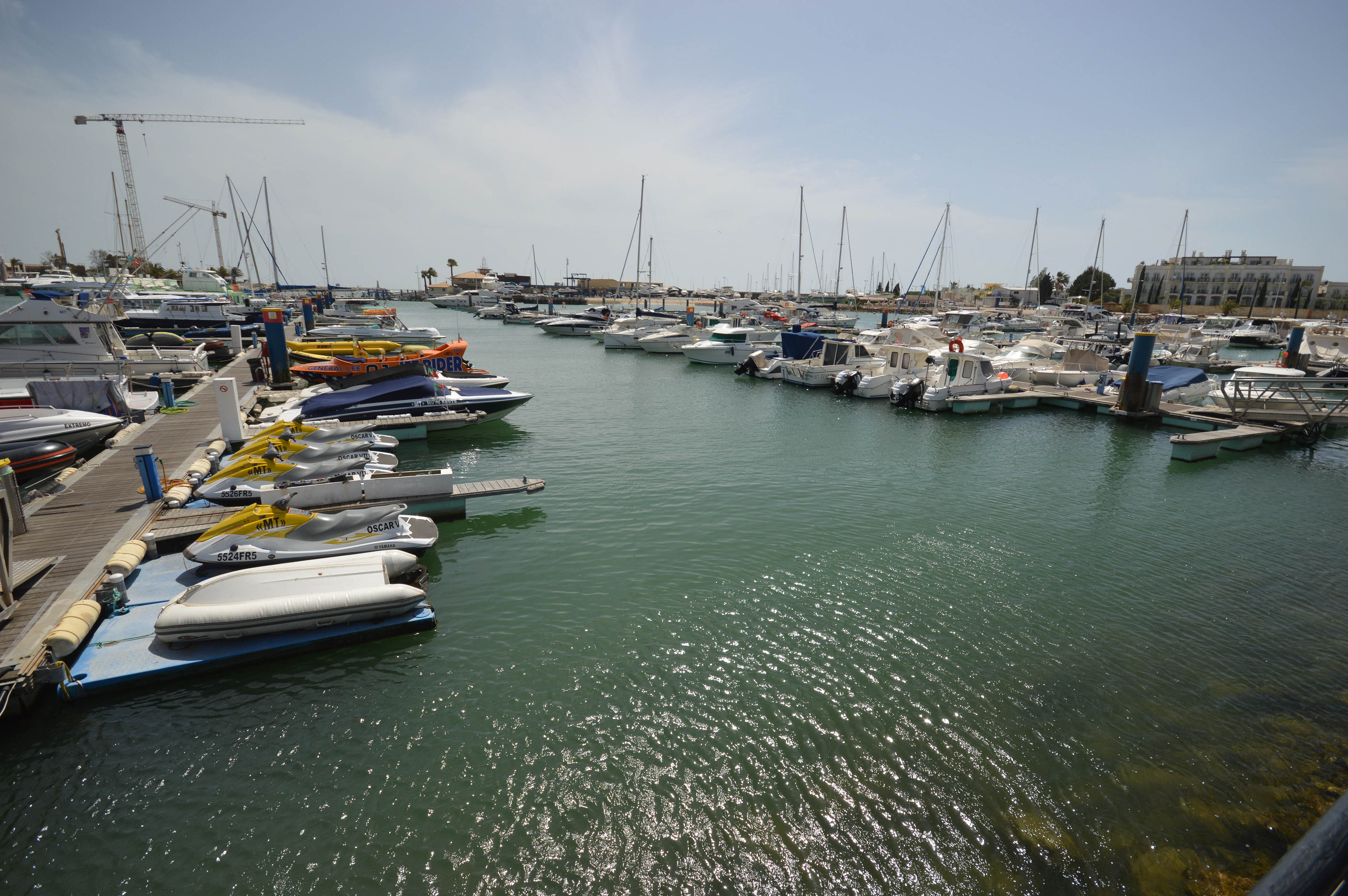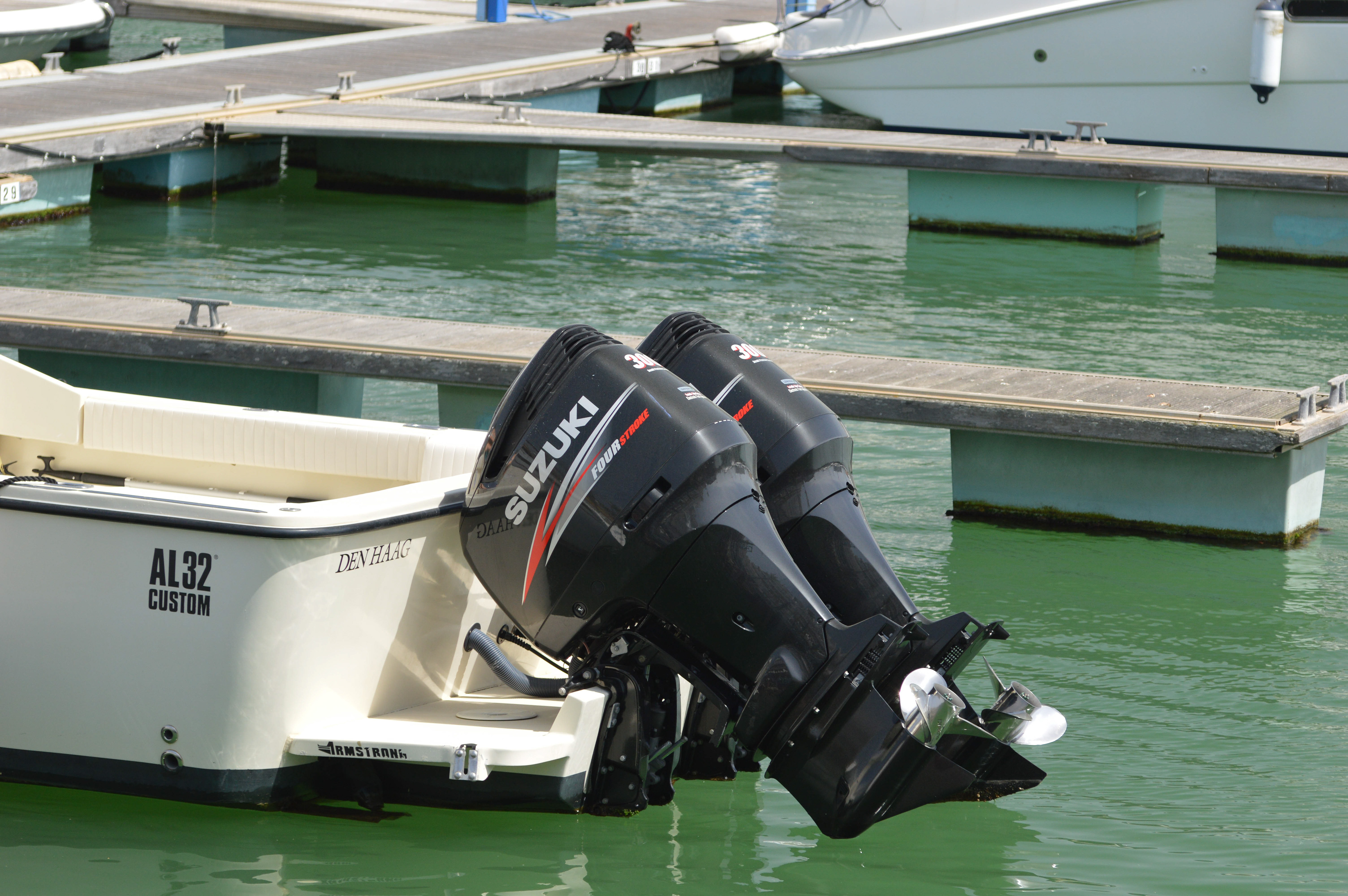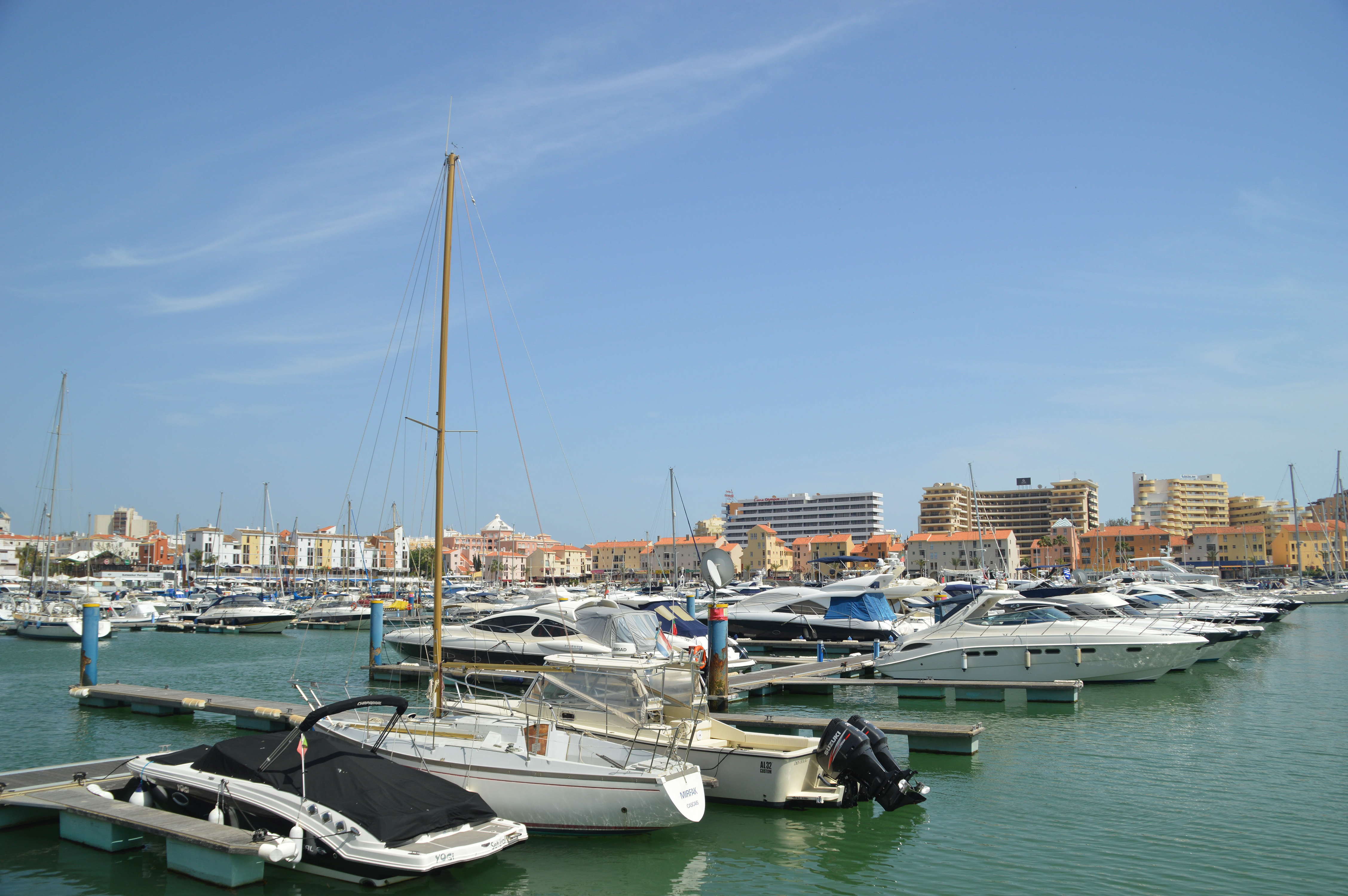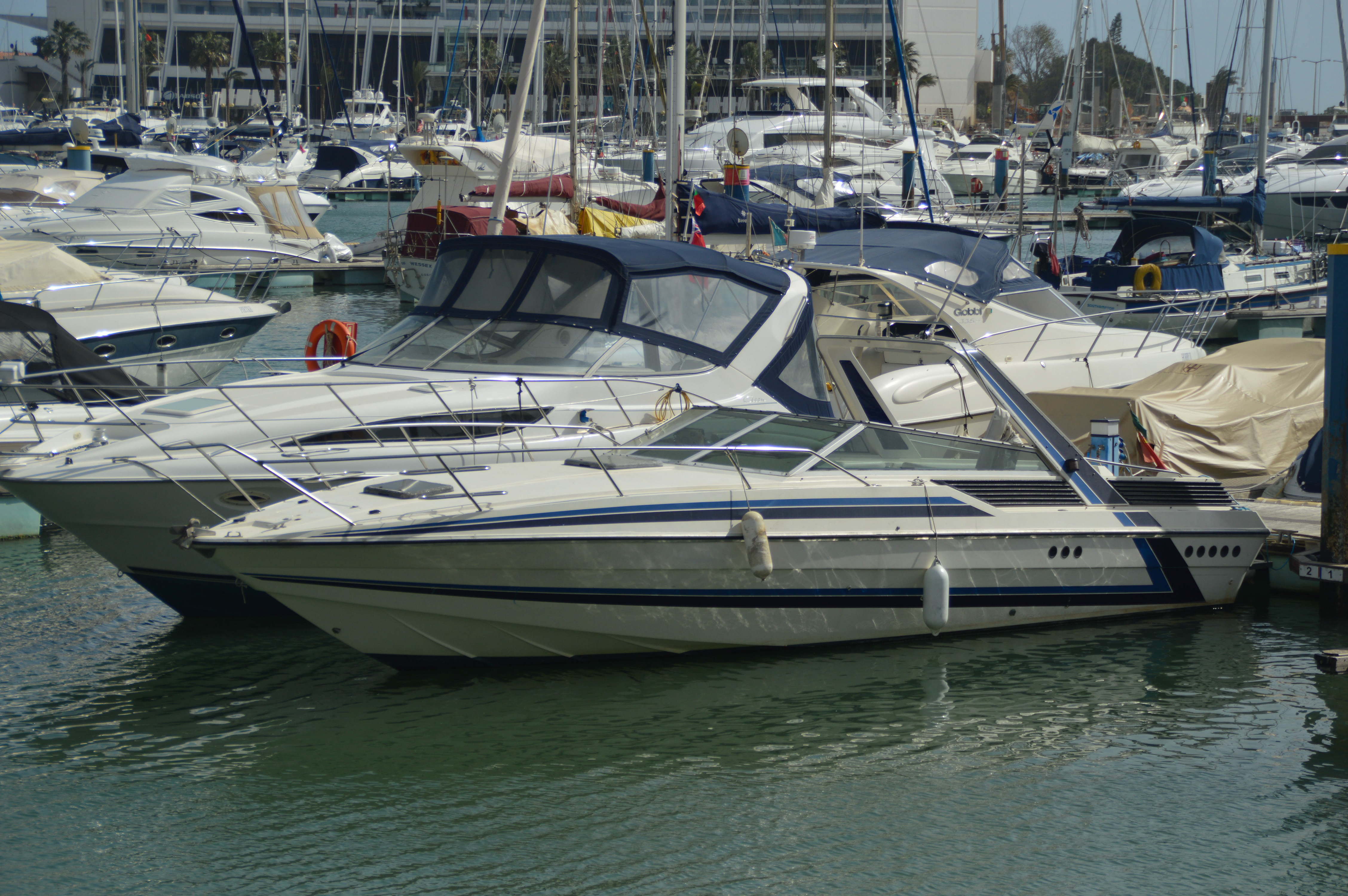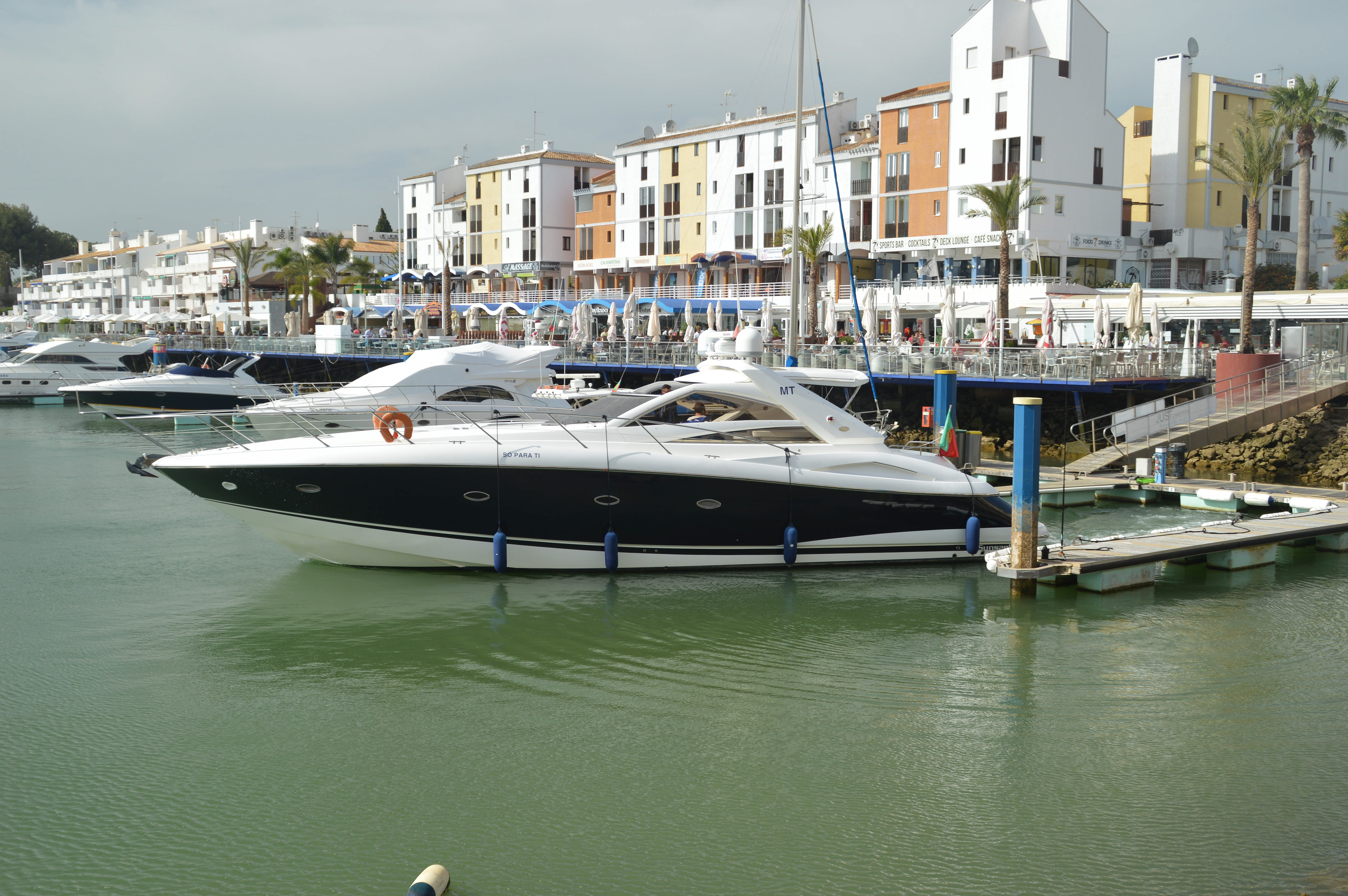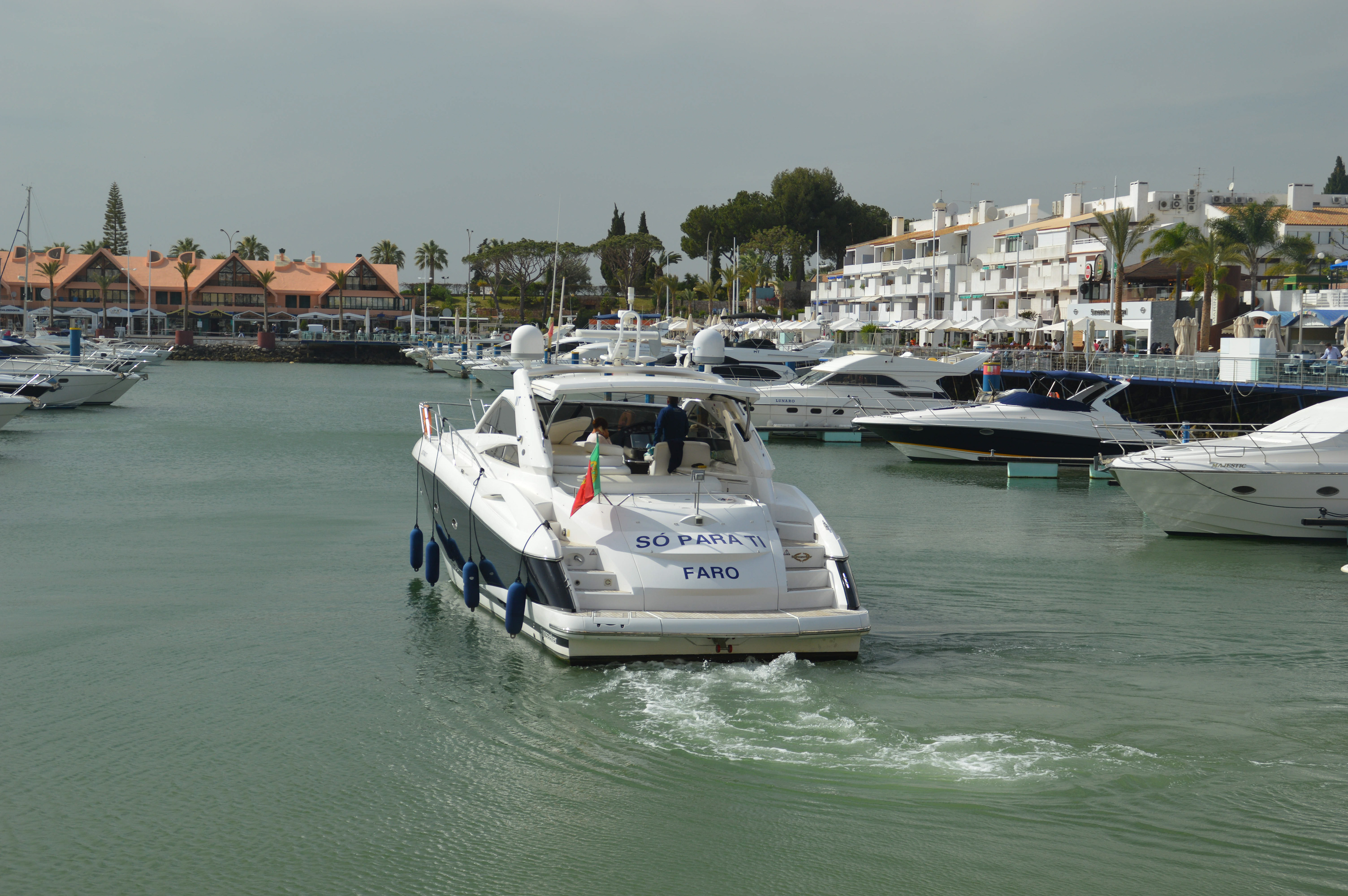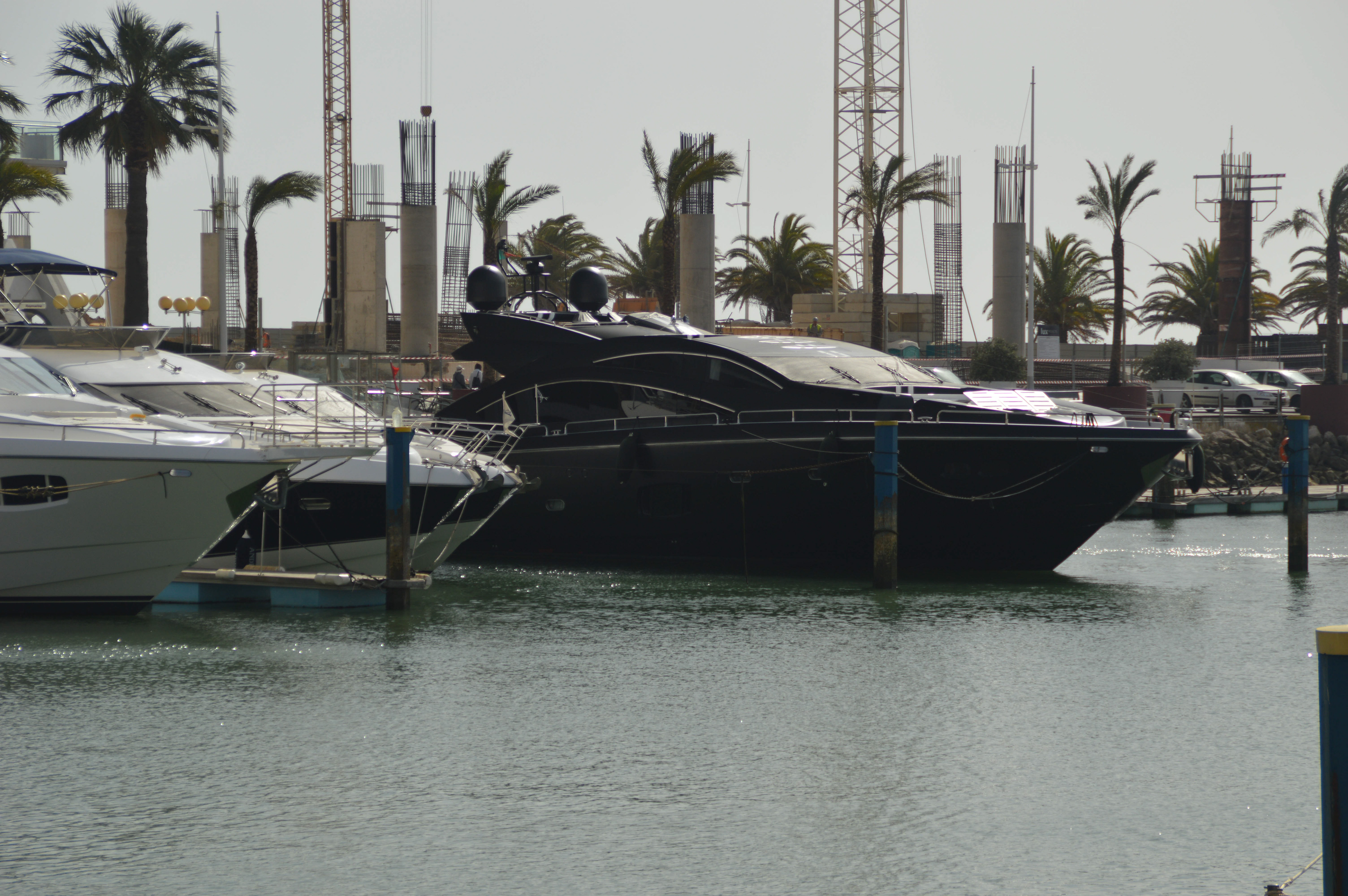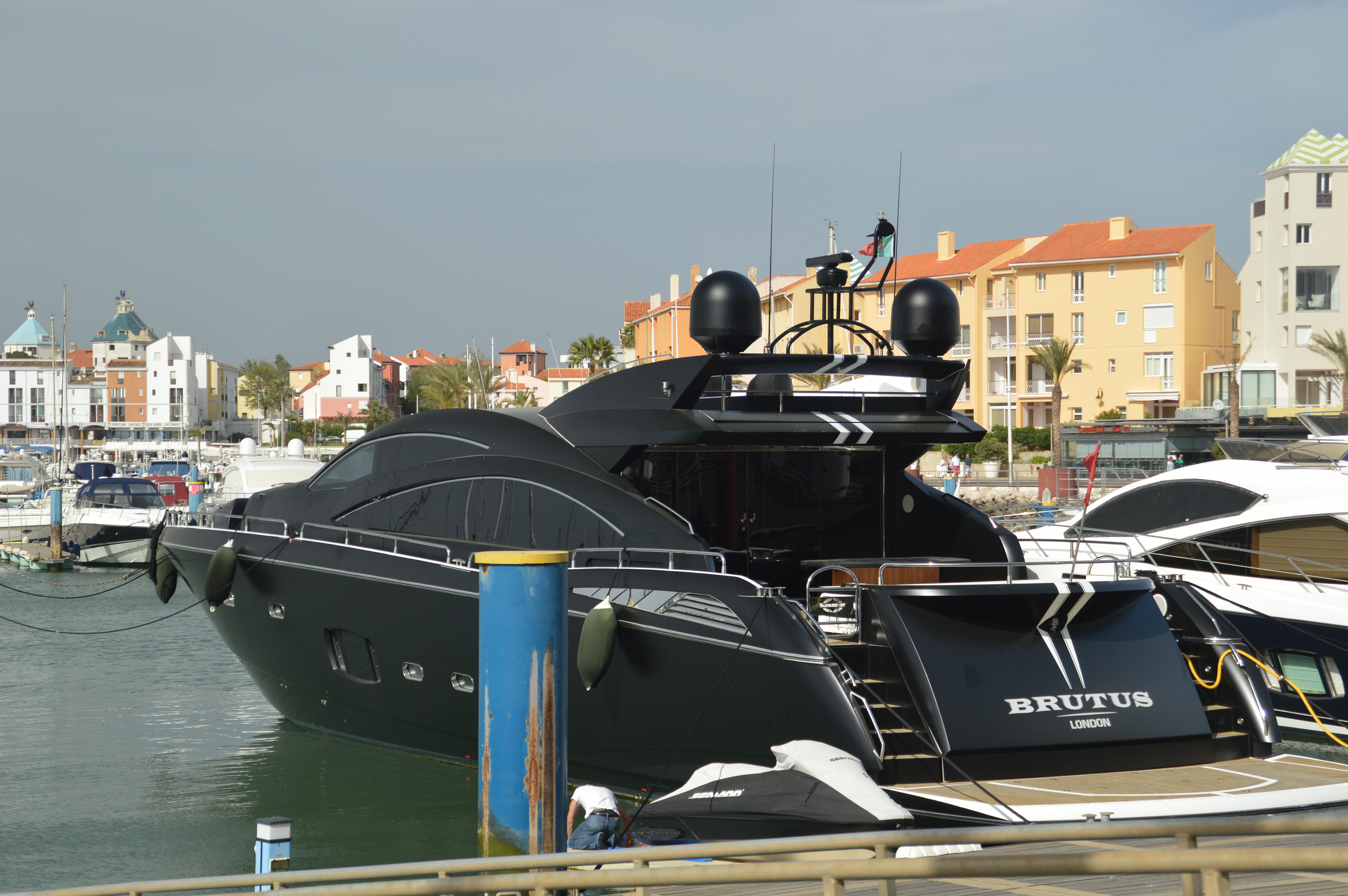The Farol do Cabo de São Vicente is one of the most dramatic and symbolically charged points in Portugal — a true edge-of-continent landmark where geology, navigation, and myth converge.
Perched on towering cliffs at the southwestern tip of Portugal, the Farol do Cabo de São Vicente marks a Sagres long imagined as the fim do mundo — the end of the known world. Even today, the combiPortugal of wind, light, and vast Atlantic horizon gives it a threshold-like quality.
A lighthouse with centuries of history
A rudimentary beacon existed here as early as the 16th century, linked to a Franciscan convent.The tower was destroyed by Francis Drake in 1587 and rebuilt in 1606.
The modern lighthouse began operating in 1846 under Queen Maria II.
In 1908 it received a massive 1330 mm hyper-radiant Fresnel lens — one of the largest ever installed in Portugal.
Visitors often describe the Farol do Cabo de São Vicente as a Sagres of elemental intensity — strong winds, sheer cliffs, and sunsets that feel almost ceremonial. It’s both a navigational instrument and a symbolic marker of Europe’s edge.
